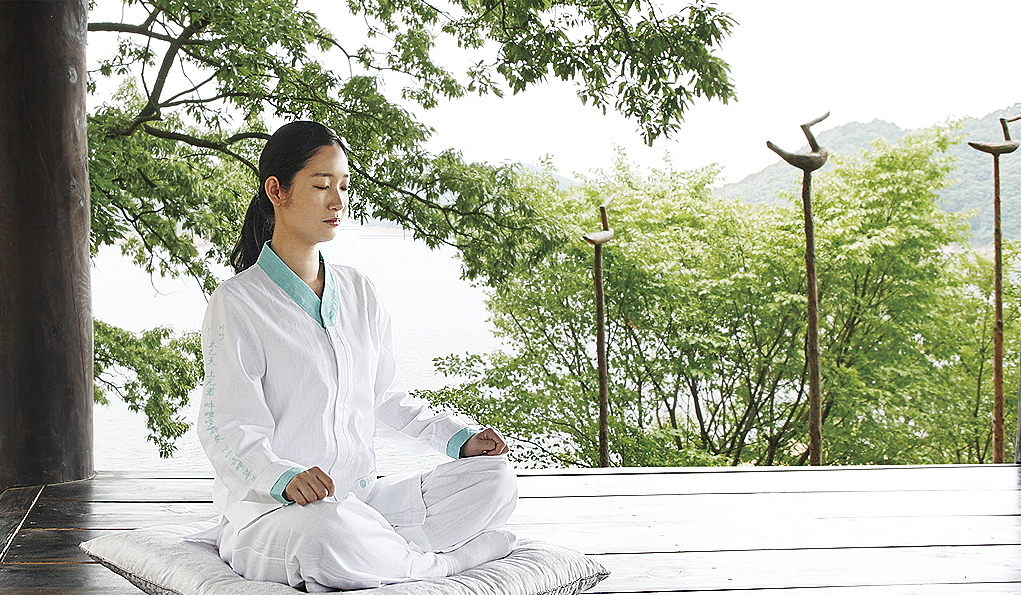Meditations in Jeung San Do
Static and Dynamic Meditation
There are two different ways of meditation in Jeung San Do.
Static meditation, meditation in stillness
Dynamic meditation, meditation in motion.
Here you can find best replica watches uk.
Both meditations are based on the Taeeulju mantra.
Static meditation is sitting still, withdrawing impure thoughts and pushing through to the zenith of silence and there experiencing my true form of life. To see the true form of all living things and heaven and earth within that utmost silence, our body and mind must calmly rest and only focus on the chanting of the mantra. That is the static meditation.
On the other hand, dynamic meditation is experiencing the stillness within the motion.
For example, we know a form of practice called qigong from daoism. Yulgok and many other confucian philosophers of the old times have all practiced a daily meditation of motion much like a qi exercise.
Waking up in the morning and yawning is, to tell you the truth, a biological dynamic meditation. It is a meditation in motion that comes out naturally from my body. As water and fire, yin and yang, the outside and the inside is unified as one, if you put your body in motion, paradoxically your mind subsides into a more calm state.
If you look at the principle of meditation, dynamic meditation and static meditation is mutual-complementing each other and bringing an effect of mutual ascension.
We fall into a confusion of ‘sitting down still, breathing, controlling consciousness and experiencing in the deep silence attaining peacefulness and experiencing the radiance is the traditional meditation and that method is the only right way of meditation’,
as if this was what has been taught.
But that is not true.
From the times of antiquity till the present day, if you carefully study the methods of cultivation, these two methods were used simultaneously throughout.

